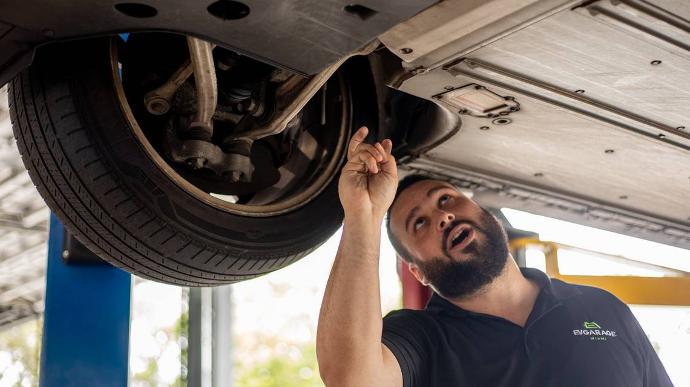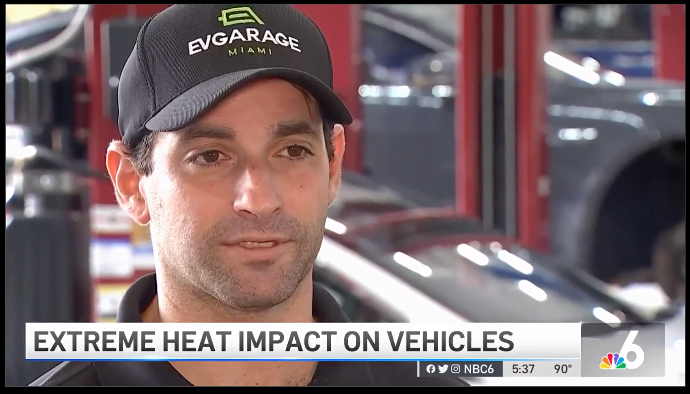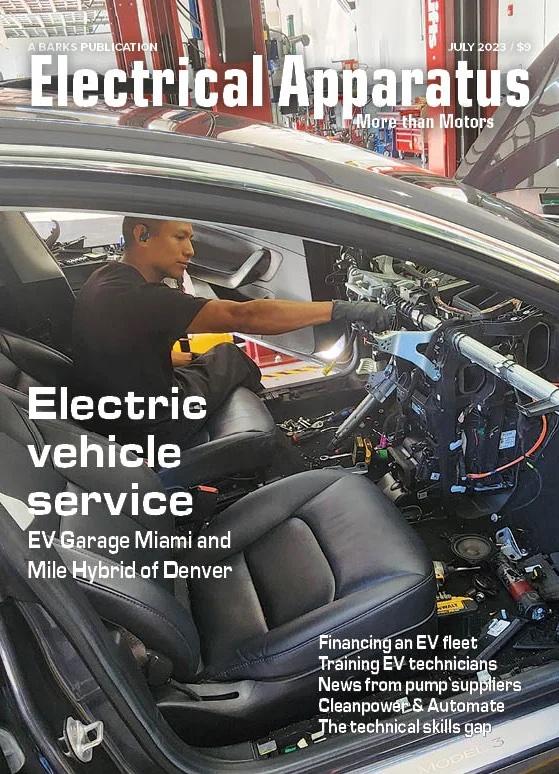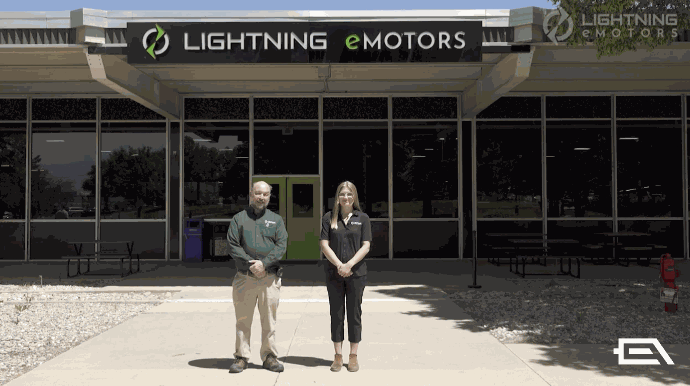Reading time: 4 min
Author: Ev Garage Marketing Department
As the world embraces sustainable transportation, electric vehicles are becoming increasingly popular. Thanks to their many benefits, such as lower emissions, lower fuel costs, lower maintenance costs, government grants, etc., people are beginning to consider the possible purchase of an electric vehicle.
However, as the trend of cars is increasing, a question arises among recent buyers: How long does it take to charge an electric car? Charging time and charging stations are crucial factors to consider in the transition to electric mobility. In this article, we will explore different facts that will help us better understand what charging means, the charging time, and the main types of electric vehicle (EV) chargers available on the market.
Exploring these available options will help you make better decisions about your electric vehicle.
Understanding Charging Levels
To understand charging times, it is essential to understand the different charging levels and charging types of electric cars. Generally, EVs support three charging levels: Level 1, Level 2, and Level 3 (also known as DC fast charging). Knowing their charging process and duration helps to gain a better understanding of when and how to charge an electric car, improving the battery lifespan.
Level 1 charging
This is the slowest charging option and consists of plugging the EV into a standard household outlet (120 volts), which usually provides between 3 and 5 kilometers of range per hour of charging per vehicle.
This means that fully charging an electric car can take between 20 and 40 hours. This means between 4 and 11 kilometers of range.
Level 1 charging is usually suitable for EV owners who have a lot of time to charge, e.g. overnight or during the working day when the car is parked for a long period.
Level 2 charging
Level 2 chargers require a dedicated 208-240 volt circuit and are typically installed at home or public charging stations. Generally, these types of chargers are the most widely used chargers worldwide.
This type of charger can be up to 20 times faster than level 1, depending on the vehicle and the charging network.
With a Level 2 charger, an additional range of 10-60 miles per hour of charging can be expected, depending on the vehicle and charger capacity. With Level 2 charging, a typical electric car with a range of 200 miles can be fully charged in approximately 2-10 hours.
Level 2 charging is suitable for everyday use for EV owners who need to charge their vehicles overnight or during more extended periods of parking, such as while working or shopping.
It is important to note that Level 1 and 2 chargers are categorized as AC (alternating current).
Level 3 (DC Fast Charging)
DC fast chargers are the fastest charging option available for electric cars. They provide high-voltage direct current (DC) and can charge an electric vehicle to 80% of its capacity in as little as 20-30 minutes. However, it is important to note that not all electric vehicles support Level 3 charging and that charging speed may vary depending on the vehicle model.
Knowing the difference between AC and DC chargers
There are two types of chargers AC (alternating current) and DC (direct current). However, electric car batteries can only store energy as DC. An example is most electronic devices, which have a converter built into the plug.
Every time you charge an electronic device, the plug converts alternating current (AC) to direct current (DC). The same is true for electric cars, the converter is in the car, called an "on-board charger", as it converts alternating current to direct current for its operation.
Factors Affecting Charging Times
Factors that influence the time it takes to charge an electric car:
- Battery capacity: The size of the EV battery determines the charging time. A larger battery will take longer to charge than a smaller one, all other things being equal.
- Charger capacity: Charging speed also depends on the power of the charger, measured in kilowatts (kW). A larger capacity charger can provide more power to the vehicle, resulting in faster charging.
- State of charge (SOC): This is typically used when discussing the current status of a battery in use. As the battery becomes full, the rate of charge usually decreases to prevent overheating and prolong battery life, e.g. 25% SOC would be equivalent to a 1/4 full tank.
- Temperature: Temperature extremes, either too cold or too hot, can affect battery performance and charging speed. Cold temperatures, in particular, can significantly slow down the charging process. Geo Tab conducted a study explaining the following: "However, as the temperature rises or falls, the loss of range is evident. At 5°F (-15°C), electric vehicles drop to 54% of their rated range, which means that a vehicle rated at 250 miles (402 km) will only have, on average, 135 miles (217 km)".
- Vehicle efficiency: Different EVs have different efficiencies when it comes to converting electrical energy into useful range. A more energy-efficient EV will charge faster with the same amount of energy, as it can convert 75% of the energy it receives.
- Charging infrastructure: The availability and power capacity of charging stations play a crucial role in charging times. A well-equipped charging network with high-capacity chargers will significantly reduce charging times.
Charging time for electric cars can vary depending on a number of factors, such as charge level, battery capacity, charger capacity, state of charge, temperature, vehicle efficiency, and charging infrastructure. While Level 1 charging is the slowest option, Level 2 chargers offer a noticeable improvement in charging times, making them suitable for overnight or extended charging periods. Level 3 (DC fast charging) is the fastest option but requires compatible vehicles and dedicated charging stations.
It is important to consider all of these factors when deciding how to charge your electric car. Charging at home with a Level 2 charger may be convenient for everyday use, while Level 3 chargers are used during long trips or when fast charging is needed.
As electric vehicle technology advances, charging times are expected to be further reduced by offering wireless charging as well.
Ongoing efforts to expand charging infrastructure and improve battery technology will help shorten charging times, making electric cars an even more viable transportation option by reducing range anxiety.
Remember that charging an electric car is not just about the time it takes to charge, but also about the care you take of it.






